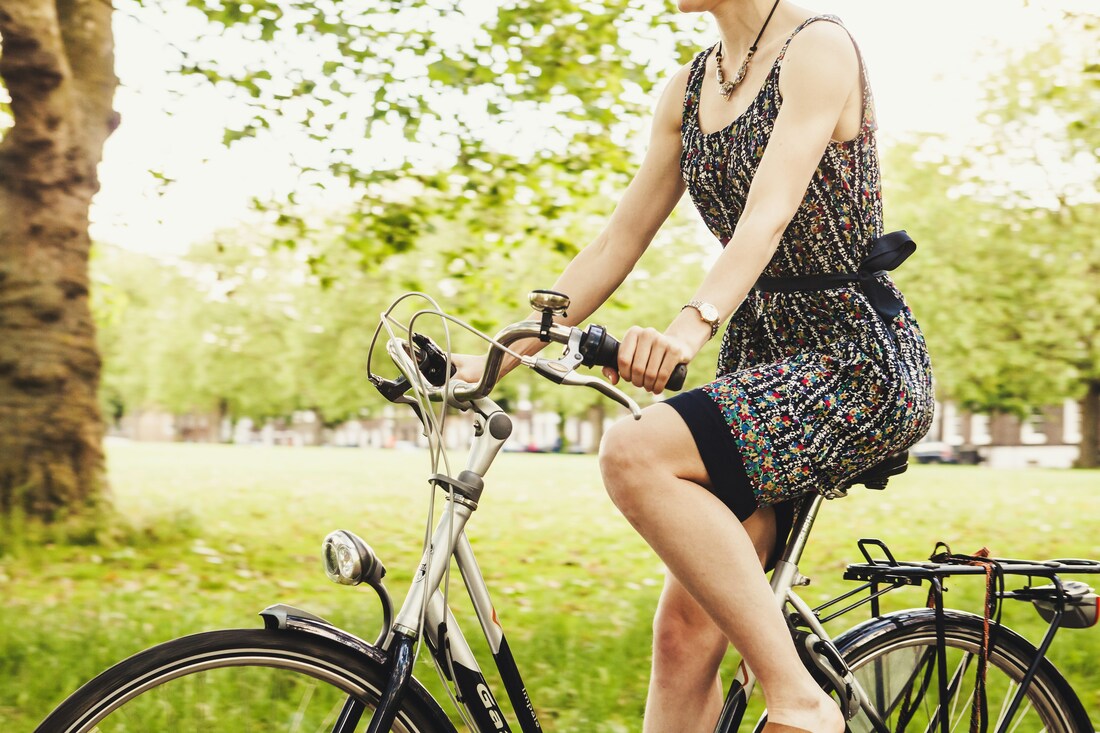|
Collaborative Post | It’s all too easy to get out of the habit of keeping fit. Between work, hobbies, and home life it can seem like there’s little time left to rest and relax, let alone exercise! However, staying fit has a host of mental and physical benefits that will aid your long-term health. This is especially true for women who are experiencing or have experienced the challenges of the menopause. Follow this guide to staying fit and healthy in your 50s and before long you’ll be feeling fantastic! The benefits of exercise after 50The general benefits of exercise include reduced anxiety, better sleep, and an improved muscle-to-fat ratio. There are also specific benefits of exercise after 50 which include:
Top tips for staying fit in your 50sYou lose muscle mass and mobility as you age, so many suggest avoiding aggressive exercise in your 50s. This might include heavy weightlifting and long-lasting high-impact cardio sessions. However, everyone is different and regular exercise can sustain your body functionality well into later life. Not sure where to start? These three exercises are reasonably gentle on the body but are effective in helping you build muscle and maintain good cardiovascular health. Lift weights - there are many reasons why women should lift weights as part of their fitness programme. The added resistance helps to build muscle more quickly and increases bone density which is especially important for women. Even light weights or just bodyweight exercises will have the desired effect over time. Get your steps in - walking is far more beneficial than you might think. Regularly getting your steps in at a decent speed will lead to better stamina, cardiovascular health and balance, and aid weight management by burning excess calories. Try simple swaps such as walking to the shops instead of driving and taking the stairs rather than the lift when possible. Do core exercises - menopause changes the distribution of weight around the female body, with most extra fat settling around the middle. Building your abdominal strength by doing core exercises will create the appearance of a flatter stomach as well as improving posture and decreasing back pain. Staying safe when exercisingEspecially if you’ve been out of a fitness routine for a while, it’s important to follow best practices for staying safe when exercising.
First and foremost, consult with your GP. They will be able to give you a physical examination and outline any risks that you should be aware of and recommend personal fitness goals for you. Joining a gym? Make sure that you’re given a comprehensive induction by a qualified team member before you get started: this should cover how to use the machines and any other fitness equipment. If you’re not properly informed of the risks, you could make a claim in the event of an accident that causes you avoidable harm. Lastly, educate yourself on how to protect your joints and muscles when exercising. This includes the right way to lift weights, bracing your core, and book-ending your workout with a warm-up and cool-down. You might find it useful to train with an experienced partner or a personal trainer in the initial stages of your 50s fitness journey – this has the added advantage of keeping you motivated as well. Disclaimer: this is a collaborative post. Comments are closed.
|
Search my blog ...Categories ...Read my latest blog post!Subscribe below to receive regular updates by email:
Archives
July 2024
|



